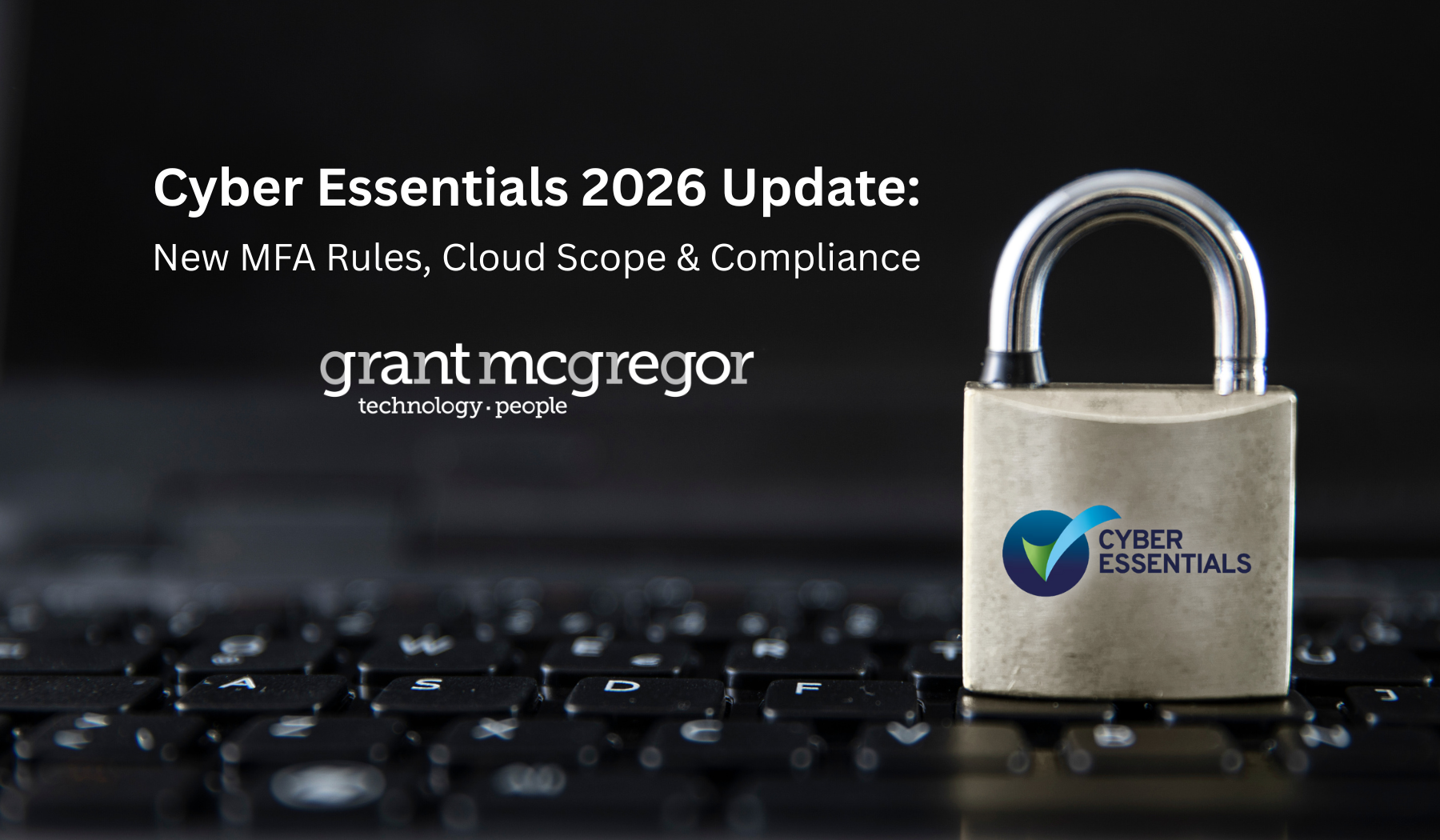How to Create an IT Budget

What goes into an IT budget? How can you realistically plan for the year ahead? And what are the things that commonly get missed out from financial planning in IT? The Grant McGregor team shed some light on the practice of budgeting successfully.
“Planning your IT budget is not that much different to planning the budget of a small business,” says David Lawrence, Grant McGregor Director. “You need to understand the day-to-day ‘keeping the lights on’ costs together with the strategic investments that need to be made.”
These calculations need to be understood by the weeks, months and years ahead.
#1. “Keeping the Lights On” Expenditure
Perhaps the easiest expenditure to calculate is the cost of undertaking the repetitive core functions that have to be done before anything else. This includes:
• Licences for operating systems and software.
• Maintenance licence agreements you have in place for those operating systems and softwares.
• Maintenance and support agreements for other hardware, systems and services.
• The schedule and associated costs of upgrades and regular hardware refreshes.
#2. People costs
People costs are relatively easy to calculate as well, whether they are direct and indirect costs of IT hires or the overheads of contractors.
Often overlooked or under-budgeted: you also need to allow time and expenditure for the training of those staff, to ensure they are kept up to date with the latest changes to the systems you use, new best practices in processes and procedures as well as the latest technologies.
It’s also worth thinking about resource utilisation in terms of the other projects the business has planned and whether this will require additional direct recruitment or the use of contractors or outsource agreements to supplement your current resourcing.
#3. Outsource contracts
What are the costs of the outsource contracts you already have in place? You’ll also need to understand any likely changes to these costs, such as inflationary price changes or changes as a result of a change in scope.
#4. Security
The security stack that you have in place is another line item on any IT budget. It might include:
• Monitoring and response tools.
• Backup and disaster recovery arrangements.
• Compliance tools to keep data secure.
• Ongoing user training and cyber security awareness.
• Risk assessments.
• Testing, e.g. penetration testing.
• Certification costs (whether working towards or renewing) to demonstrate good cyber security practice or data compliance – whether to customers, regulators or new business prospects.
#5. Contingency
This is one of the more overlooked elements of an IT budget. What you allow for contingency will very much depend on how you manage your IT budget and operations.
Do you have all the maintenance and warranties for your systems, hardware, software and services that you could have in place? If you do, it’s likely you can reduce your contingency, because most events will be covered by existing agreements or warranties.
If not, you’ll need to budget for things that might go wrong. If a server dies, do you have the cash reserves to replace it? Or have you got a proactive hardware refresh programme in place that mitigates this risk?
Unexpected costs might include:
• Hardware replacements is equipment fails.
• Additional licencing requirements as a result of a growing head count or changed working practices.
• New employees so that you can grow your team.
• Additional resources to provide sickness or holiday cover for staff.
• Resources and tools to respond to or investigate a cyber security breach.
• Unforeseen work and labour as a result of project overruns or mission creep.
Also worth considering: if you don’t budget for these contingencies, how are you going to say no to the business if these things are required?
#6. Project work
Once you have moved beyond the “keeping the lights on” budgeting, perhaps the most important strategic question is: how is IT going to be used to help the business achieve its stated organisational goals?
IT cannot be a reactive service. Nor can it exist independently of the business. It is absolutely vital for IT management to understand the business goals and how they are going to be delivered.
This requires close collaboration with line of business leaders, either working directly with the different departments or, possibly, as part of an IT steering group or strategy committee. This can often require a mind shift both on the part of IT and on the part of business leaders.
However, it is absolutely essential that IT leaders understand the business goals and how technology will be deployed to achieve those goals. Effective IT budgeting will hinge on that understanding.
#7. Technology trends
Although this is another piece of strategic planning and budgeting, this is slightly different to business-led project work. IT leaders have a duty of care to keep moving the organisational technology forward.
This might be:
• staying ahead of the latest cyber risks and solutions,
• giving the staff the tools they need to boost productivity and agility,
• nurturing a community of citizen developers with the right tools, practices and support, or
• explaining where the opportunities might be to deploy automation and machine intelligence in a practical way that delivers real business benefits.
To do this successfully, IT will need to work closely with other business leaders and heads of department to understand their priorities, pain points and fears.
Creating an overall plan and budget
The latter two elements – project work and technology trends – require a more strategic and collaborative approach to budgeting than the first five elements of your IT budget. They also have implications for what you have budgeted for those first five tactical elements.
If you’re going to start a major new project to beef up cyber security or to implement a new business system, how does that affect staffing costs? Or security costs? Or licencing? Or cloud services subscriptions? Or hardware?
And does proactively budgeting for those projects mean that you can reduce your contingency a little?
What next?
If you’d like help or advice with planning an IT budget, drawing on additional IT support resources, or with any of the technologies mentioned in this article, please get in touch with our team by booking a 15-minute chat below:

Further reading:
Six steps for developing an IT refresh strategy
How can organisations optimise their digitalisation and cloud initiatives?
Five reasons why you should outsource your IT support




